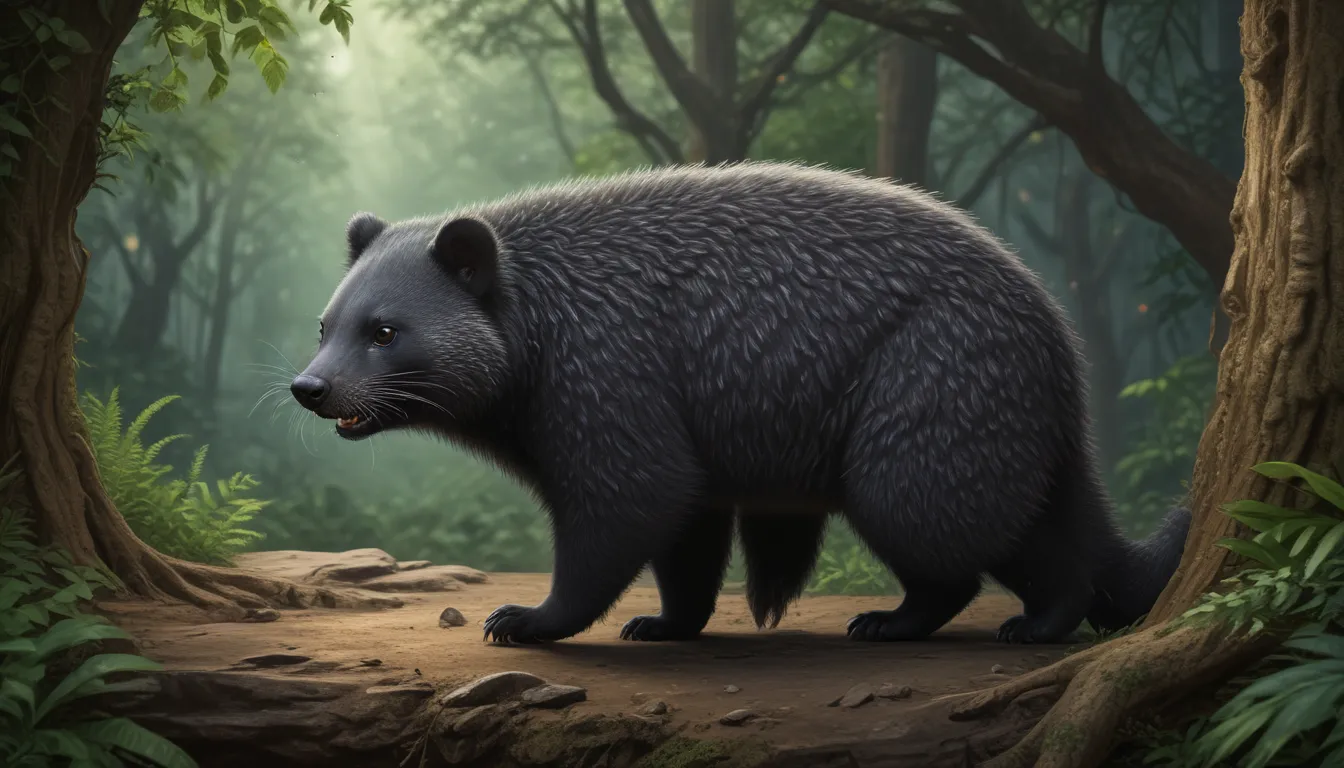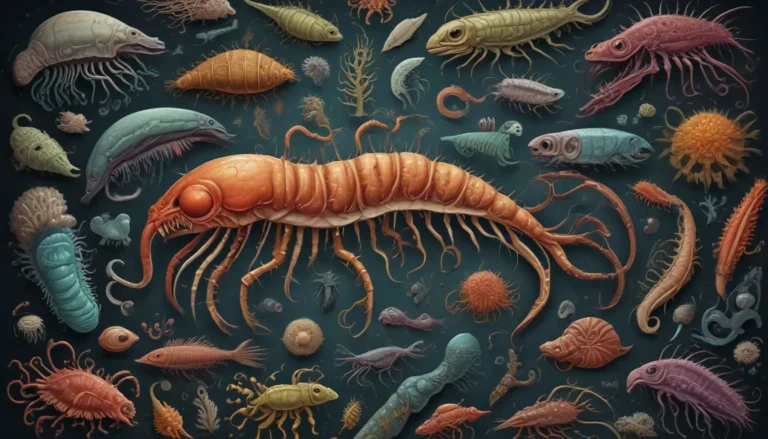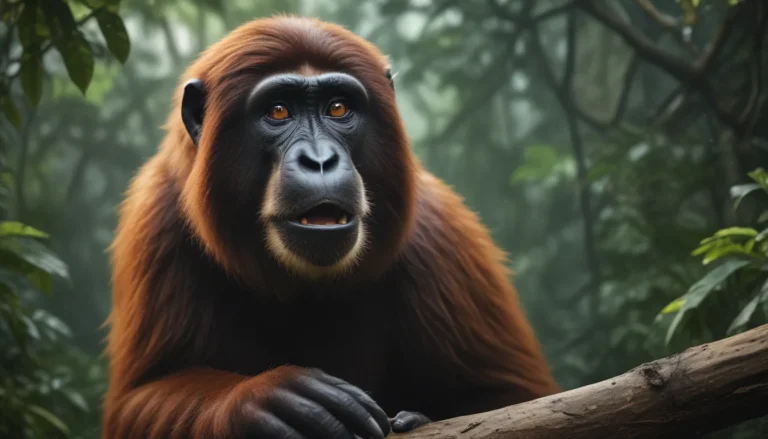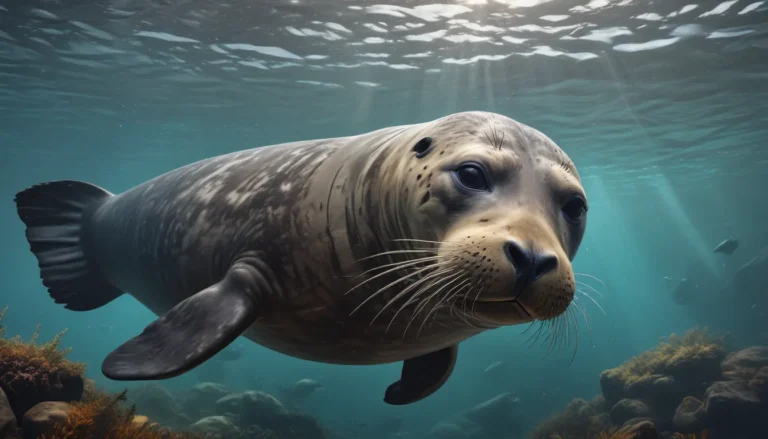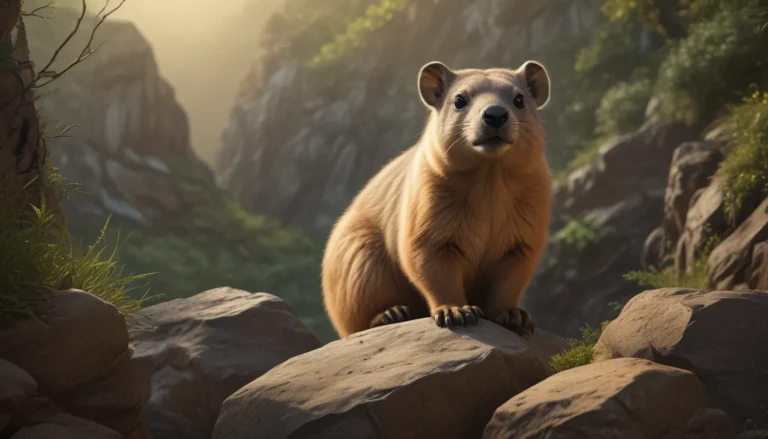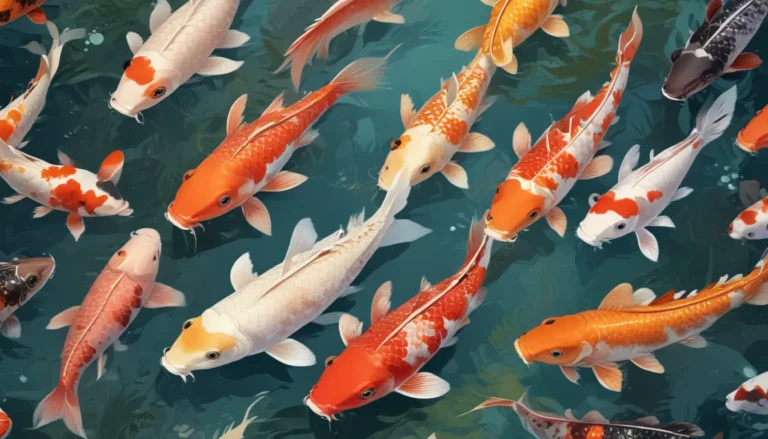The pictures we use in our articles might not show exactly what the words say. We choose these pictures to make you interested in reading more. The pictures work together with the words but don’t take their place. The words still tell you the important facts.
The binturong, also known as the bearcat, is a captivating creature that often hides in the shadows of the animal kingdom. With its fluffy appearance and distinctive traits, the binturong is a gem waiting to be explored. As residents of the lush forests of Southeast Asia, these arboreal mammals boast a strong odor and a prehensile tail, setting them apart from the rest of the animal kingdom. Join us as we uncover 18 intriguing facts about the binturong, shedding light on its habits, appearance, and ecological significance. From its quirky eating habits to its impressive climbing abilities, prepare to be awestruck by the wonders of the binturong.
Unveiling the Beauty of Binturongs:
- Binturongs, also known as “bear-cats,” are captivating creatures that hold a unique place in the animal kingdom. Despite their name, they are neither bears nor cats but belong to the civet family. They play a crucial role in seed dispersal and are known for their gentle nature, making them popular residents of zoos worldwide.
Exploring the World of Binturongs:
- Binturongs are the largest arboreal civets, excelling in climbing skills and spending most of their time in trees. Their prehensile tails aid in navigating through branches, showcasing their remarkable agility.
Understanding Binturong Habitat:
- Native to the enchanting landscapes of Southeast Asia, binturongs can be found in countries such as India, Nepal, Myanmar, Thailand, and Malaysia, thriving in diverse ecosystems.
Examining the Signature Scent of Binturongs:
- Known for their strong and distinctive odor, binturongs possess scent glands that produce a musky smell reminiscent of popcorn or corn chips. This scent serves as a vital tool for marking territories and communicating with their counterparts.
Embracing the Prehensile Tail:
- Binturongs sport a prehensile tail that is both long and muscular, offering them the ability to grasp branches, hang from trees, and support their body weight with remarkable ease.
Diving Into Binturong Diet:
- Binturongs primarily consume fruits but also indulge in leaves, shoots, insects, birds, small mammals, and eggs when fruits are scarce. Their varied diet plays a crucial role in seed dispersal, promoting forest growth and regeneration.
Unveiling Binturong’s Adaptability:
- Binturongs are known for their swimming prowess, effortlessly crossing rivers and streams in search of food or safety. They are adaptable creatures that thrive in various habitats, from forests to grasslands.
Shedding Light on Reproductive Behavior:
- With a low reproductive rate, female binturongs give birth to one or two cubs at a time. The young ones stay by their mother’s side for an extended period before venturing out on their own.
Embracing Binturong Lifespan:
- In captivity, binturongs can live up to 20 years or more with proper care and protection. Their slow metabolic rate allows them to conserve energy and lead a predominantly sedentary lifestyle.
Listening to Binturong Vocalization:
- Binturongs communicate through a variety of vocalizations, including growls, hisses, grunts, and loud calls, which serve as tools for territorial defense and communication.
Highlighting Conservation Efforts:
- Unfortunately, binturongs are listed as vulnerable by the IUCN due to habitat loss, deforestation, and poaching. Efforts are underway to protect and conserve these majestic animals from further decline.
Encountering Binturong Behavior:
- Despite their solitary nature, binturongs are generally peaceful and docile animals, captivating the hearts of zoo visitors worldwide with their gentle disposition.
Answering Common Questions:
FAQs
- Where can binturongs be found?
- What do binturongs eat?
- Do binturongs make good pets?
- How long do binturongs live?
- Are binturongs endangered?
- Can binturongs climb trees?
Celebrating the Marvels of the Binturong:
The binturong, with its enigmatic allure and extraordinary adaptations, stands as a testament to the wonders of the natural world. From their vital role in seed dispersal to their captivating behaviors, binturongs continue to inspire awe and admiration. Despite the challenges they face in the wild, conservation efforts aim to safeguard these magnificent creatures for generations to come. By raising awareness and appreciating the beauty of the binturong, we can contribute to their preservation and the conservation of our planet's biodiversity.
Join us in celebrating the charm and importance of the binturong, a true gem of the animal kingdom!
Discover more intriguing facts about mammals, carnivores, and conservation on our platform. Dive into a world of knowledge and inspiration as we unravel the mysteries of wildlife and the environment.
Was this page helpful? Your feedback drives our commitment to delivering accurate and engaging content. Join us in our mission to share knowledge and inspire curiosity with each article we craft.
